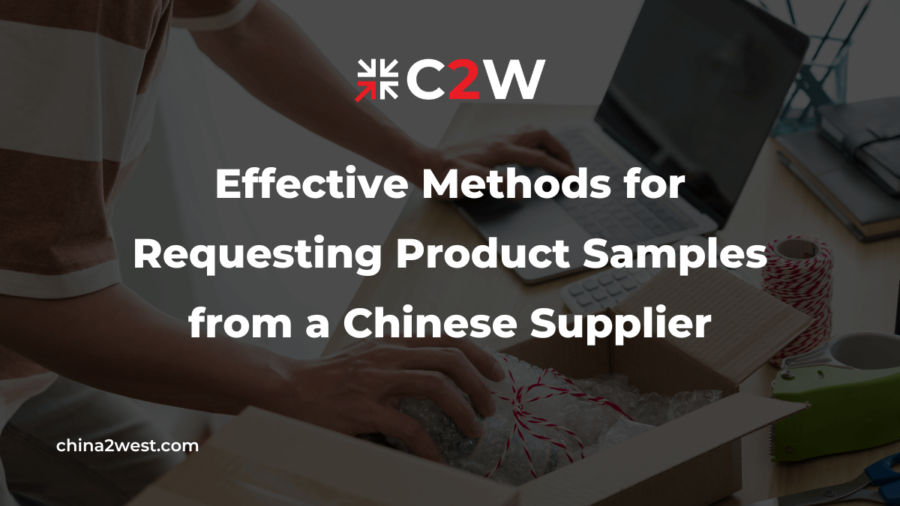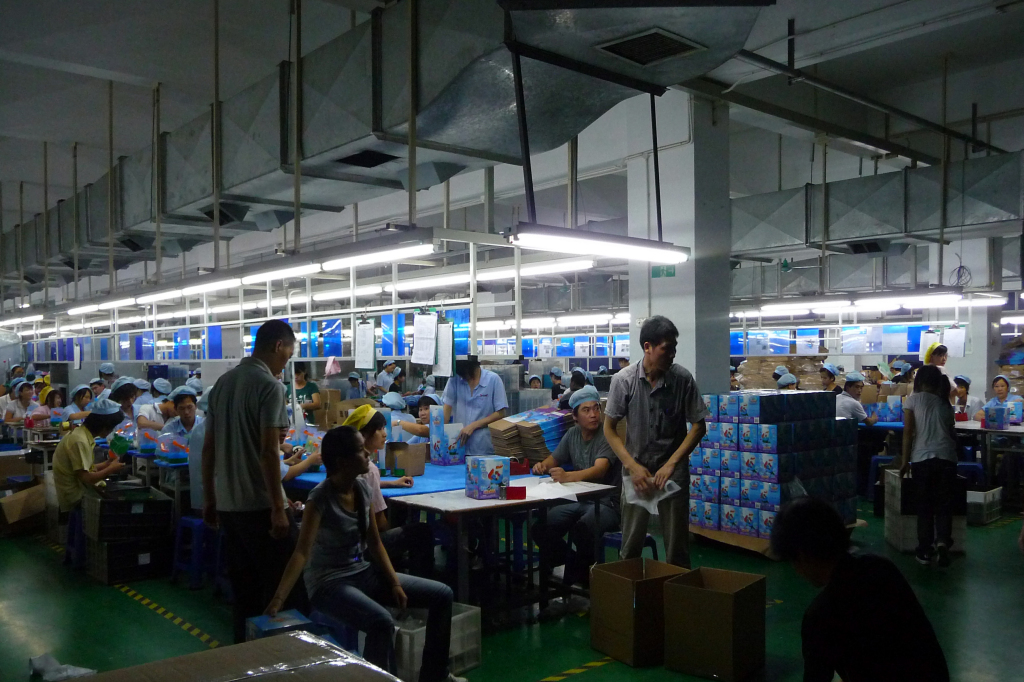Sourcing products from China offers a plethora of benefits: competitive pricing, a vast selection of manufacturers, and the potential to create a truly unique brand. But before you dive headfirst into bulk orders, acquiring high-quality product samples is crucial. Samples allow you to assess the product’s build, functionality, and overall quality – all essential factors for ensuring customer satisfaction and brand reputation. In this blog post, we will discuss effective methods for requesting product samples from a Chinese supplier to help you navigate the sourcing process successfully.
The Importance of Product Samples in Sourcing
Product samples play a critical role in the sourcing process, especially when dealing with overseas suppliers. They act as a bridge between the information on a spec sheet and the reality of the finished product. Here’s why they are so important:
Inspect Quality
Product samples allow buyers to physically inspect the quality of materials, workmanship, and overall functionality of the product before committing to a large order. This helps in preventing misunderstandings and disappointments with the final product.
Verify Specifications
Samples provide a concrete basis for verifying that the product meets all specified requirements such as dimensions, material composition, and performance criteria. This is particularly important in industries where precise specifications are critical, like electronics or pharmaceuticals.
Assess Supplier Capabilities
Receiving a sample gives insight into the supplier’s production capabilities and adherence to deadlines. It can also shed light on their ability to scale production and maintain quality over larger runs.
Refine the Product
Testing a sample often reveals the need for adjustments before full-scale production begins. This iterative process between the buyer and supplier ensures the final product is as close to the intended design as possible, reducing costly revisions later.
Inform Design Decisions
Sometimes, minor adjustments might be necessary after seeing the physical product. The sample allows you to identify any design flaws or areas for improvement before finalizing the production process.
Identifying the Right Suppliers for Your Product Needs
Initiating the search for the right suppliers is a pivotal step in the process of sourcing products from China. The success of your sourcing venture hinges on finding suppliers that not only produce high-quality items but also have a robust understanding and experience in catering to international markets. Begin by conducting thorough research on potential suppliers. Utilize online trade directories, industry-specific forums, and B2B marketplaces that specialize in connecting businesses with Chinese manufacturers.
It’s imperative to look into each supplier’s history of production quality and their capability to manufacture the specific type of product you’re interested in. Evaluate their portfolio for evidence of previous work that aligns with your product requirements. This could include reviewing case studies, client testimonials, or requesting references from past customers to gauge their satisfaction levels.
Certifications play a crucial role in verifying a supplier’s commitment to quality and adherence to international standards. Look for suppliers that hold relevant industry certifications, which can serve as a testament to their operational and product quality standards.
Crafting a Clear and Effective Sample Request
To initiate a sample request that is both clear and effective, begin by meticulously detailing every aspect of the product you are interested in. This includes specifying the materials, desired colors, dimensions, and any unique features or customizations that are critical to your product’s success. Your request should be concise yet comprehensive, leaving no room for ambiguity that might lead to incorrect interpretations by the supplier.
In addition to outlining product specifications, it’s crucial to specify the number of samples you require. This number should reflect the need for thorough testing and evaluation without being excessive, as larger sample orders may incur additional costs or extend production time.
Your communication should also clearly state your expectations regarding packaging and shipping. Specify your preferred method of shipment, and if there are any packaging requirements, detail those as well to ensure the samples are protected during transit.
Furthermore, it’s beneficial to include a proposed timeline within your request. Indicate when you would like to receive the samples, allowing for reasonable production and shipping times. This sets a clear expectation for delivery and demonstrates your desire to maintain project momentum.
Terms and Conditions for Sample Provision
Entering into negotiations about the terms and conditions for the provision of product samples is a crucial phase where clear communication and strategic planning come into play. It’s important to address the specifics of sample costs directly with your Chinese supplier. Typically, suppliers may charge for samples to cover the cost of production and shipping. However, these costs can sometimes be negotiated or even waived depending on the potential for a larger future order. Engage in a dialogue to understand their policy and see if the sample costs can be deducted from your future orders should you decide to proceed with mass production.
Discussing shipping fees is another critical point. Clarify whether these costs are included in the sample price or if they will be billed separately. In some instances, it might be more cost-effective to use your own shipping account if you have preferential rates. This can also give you more control over the shipping process and timelines.
It’s equally important to set clear expectations regarding the timeline for sample production and delivery. Establish a reasonable timeframe that accommodates the supplier’s production schedule while also meeting your project deadlines. This ensures that both parties are aligned on the timeline and can plan accordingly.
Moving Forward After Sample Approval: Next Steps
Once the product samples meet your satisfaction, it’s time to engage in discussions about the larger order. This phase involves negotiating the best possible terms regarding pricing and payment conditions to ensure both parties are aligned and the procurement process remains within your budgetary constraints. It’s equally important to finalize the production schedule, taking into account any seasonal factors or holidays that might affect manufacturing times.
Transparent and ongoing communication with your supplier is key during this transition. Keep an open line for any queries or updates, fostering a collaborative environment that can adapt to changes swiftly. It’s advisable to establish regular check-ins or milestones to monitor progress and maintain momentum. This not only helps in managing expectations but also in building a stronger partnership with your supplier.
Ready to elevate your sourcing experience? Our team at C2W can help! With almost 20 years of experience in product sourcing, we specialize in connecting you with reliable suppliers and manufacturers, ensuring that your products meet the highest standards of quality and compliance. At C2W, we leverage our extensive network and in-depth market insights to deliver tailored solutions that suit your specific needs. Whether you’re looking to streamline your sourcing processes or expand your product line, our experts are here to guide you every step of the way. Contact us today to discuss your project and see how we can help you achieve your business goals!


